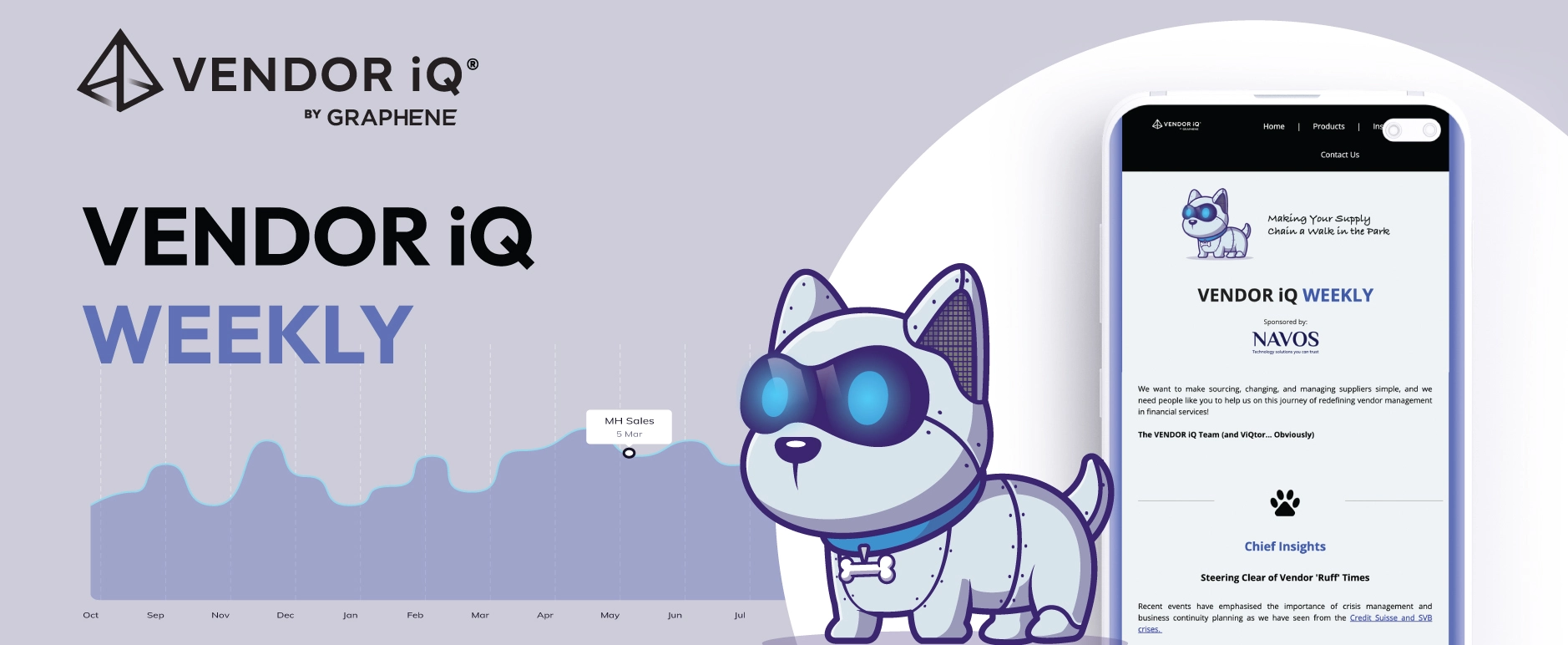How to diversify vendor partnerships, create robust contingency plans, and build resilience.
In the intricacy of modern business operations, the concept of contingency planning stands as a beacon of foresight and preparedness. In vendor management, this principle takes on a heightened significance, offering a shield against potential disruptions that could otherwise cripple your operations.
As the financial landscape continues to evolve, embracing vendor contingency planning becomes an imperative strategy for safeguarding your business’s stability and resilience.
In this article, we’ll delve into the top five tips to develop effective vendor contingency plans that shield your operations from uncertainties and ensure your business remains robust and adaptable.
1. Craft a Comprehensive Contingency Plan
A well-crafted vendor contingency plan is akin to a detailed roadmap for navigating stormy waters. This plan should outline the step-by-step process for swiftly transitioning your operations from a primary vendor to an alternative one in the event of an unforeseen disruption. The plan should encompass strategies, contact details, communication protocols, and predefined timelines for executing the transition.

ViQ View:
At ViQ, we’ve been partnering with wealth and asset managers to integrate contingency planning seamlessly into our technology. Our platform, anchored in real-time data on the supplier market and informed by our sector experts’ insights, eliminates the guesswork from contingency planning. With ViQ, wealth and asset management businesses can confidently navigate vendor transitions, understanding the right fit, viable alternatives, and the potential risks and rewards of change.
2. Build Relationships with Alternative Vendors
Proactive contingency planning isn’t merely about having a plan B; it’s about establishing viable alternatives ahead of time. Forge relationships with alternative vendors that can step in seamlessly if your primary vendor encounters challenges. These relationships should extend beyond a simple contractual arrangement and encompass a deep understanding of your business requirements.

ViQ View:
ViQ is dedicated to fostering ongoing dialogue with new and existing vendors, understanding the ever-evolving needs of wealth and asset management firms. Our perpetual engagement with the marketplace ensures that our platform provides objective, real-time insights into vendor options across procurement, vendor governance, or crisis management.
3. Diversify Vendor Partnerships to Minimise Risk
Much like a well-structured investment portfolio, diversification serves as a fundamental tenet of risk management in vendor relationships. Relying solely on a single vendor for critical services can expose your business to substantial vulnerabilities. The principle of diversification suggests that spreading your risk across multiple vendors mitigates the impact of any one vendor’s failure or operational hiccups.

ViQ View:
A core element of our mission at ViQ is empowering wealth and asset managers to assess their vendor portfolio holistically, identifying areas of inadvertent consolidation. Our platform facilitates real-time monitoring, enabling firms to onboard additional vendors or establish backups for specific services, thereby minimising the ripple effects of a single vendor’s disruption.
4. Rigorous Testing and Simulation Exercises
A contingency plan that remains untested is akin to a safety net with unverified holes. Regular testing and simulation exercises are indispensable to evaluate the efficacy of your contingency plan and identify potential gaps. These exercises allow you to fine-tune the plan based on real-time scenarios, ensuring its effectiveness in the face of actual disruptions.

ViQ View:
At ViQ, our platform technology is being built to incorporate simulation exercises, aligned with your internal processes and existing vendors. These simulations familiarise all parties with the procurement and vendor management process, including vendor transitions, enabling swifter and more coordinated responses in a real crisis.
5. Ongoing Monitoring and Review
Contingency planning is not a one-and-done task; it’s an ongoing commitment to resilience and a regulatory obligation. Regularly monitor your vendor landscape and the performance of alternative vendors to ensure their readiness. Market dynamics, technological advancements, and regulatory changes can impact the suitability of your contingency options, making constant review imperative.

ViQ View:
Fulfilling your regulatory and fiduciary responsibility requires frequent vendor oversight in addition to periodic audits of your vendor management and contingency plans; all of course updated regularly in response to changes in business, regulatory obligations or vendor landscape. The ViQ platform’s Governance and SLA modules offer real-time reporting and frameworks, exponentially enhancing this process.
The Conclusion: Bolstering Resilience through Vendor Contingency Planning
As the old adage goes, “Hope for the best, but prepare for the worst.”
Vendor management and contingency planning stands as a shield against disruptions, safeguarding your business’s continuity and customer trust. By diversifying vendor partnerships, crafting comprehensive contingency plans, building relationships with alternative vendors, rigorous testing, and ongoing monitoring, you build a robust shield of preparedness.
In today’s fast-paced financial landscape, where even minor disruptions can have far-reaching implications, vendor contingency planning is more than just a safety net – it’s a strategic imperative.
Embrace the proactive approach of contingency planning, and let it be the cornerstone of your business’s resilience in the face of uncertainty. Remember, the ability to navigate challenges with agility and confidence can make all the difference between survival and thriving in the dynamic world of financial services.





